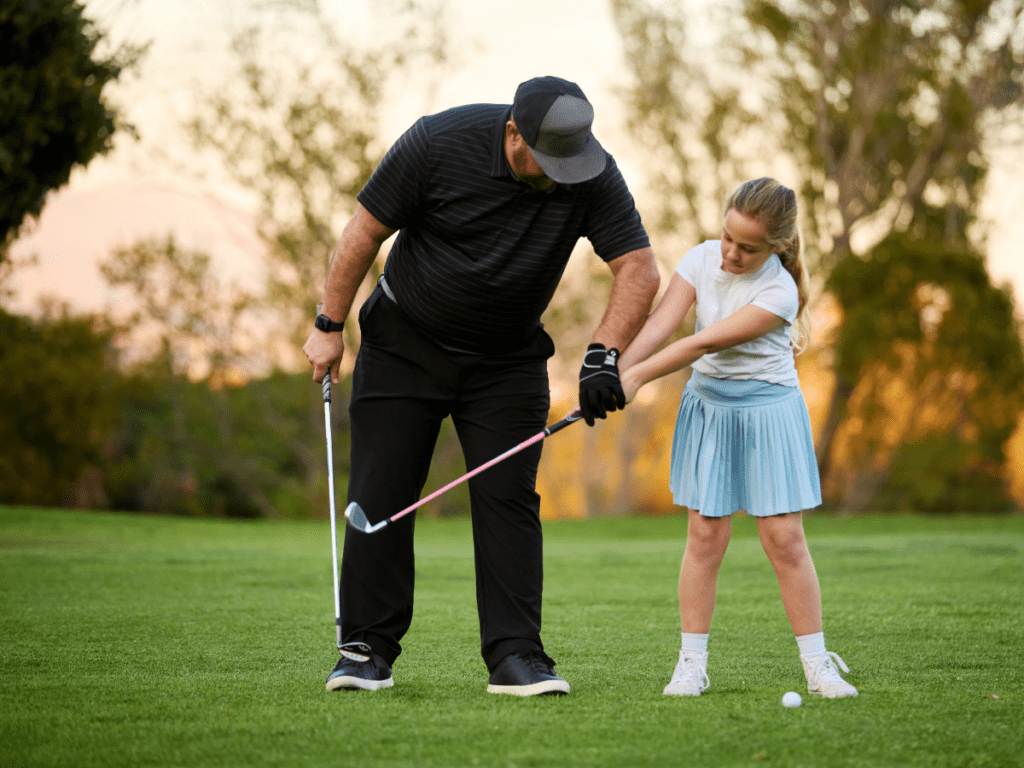The implementation of a sport-based, trauma-sensitive, youth development program in a national community organization

Project summary Community organizations can adopt sport-based, trauma-sensitive, youth development programming to support underserved youth who face high risk of traumatic exposure. These programs involve leaders who create safe environments, recognize and respond to youth’s trauma-related distress, and promote youth’s healing and resilience-building. In partnership with BGC Canada, a national non-profit community organization that serves…
Current perspectives on multi-sport participation
Researchers correlate early specialization in sport with a higher likelihood of injury, burnout and dropout from sport. Multi-sport participation helps young athletes develop a spectrum of skills that transfer to later specialization. The best advice regarding pre-puberty athletes is to help them experience a variety of sports and activities, including unstructured play, and allow them…
Bicycle helmets and children
Biking is a popular form of physical activity for children that has risks for injury to the head. Research shows that children who rode bicycles without a helmet are 14 times more likely to experience a fatal crash compared to children wearing helmets. Safe Kids provides safety tips on how to ensure that your child…
Fun keeps girls in sport
New research from the University of Victoria in Australia found that two thirds of girls who drop out of sport said their main reason for stopping was lack of enjoyment. Researchers provide 3 recommendations for organizations to keep girls loving sport, including developing strategies that focus on fun and skill improvement for all players, regardless…
The Game in the Child
The Game in the Child Model is an athlete-centred model that prioritizes learning how to teach the child before teaching them to play the sport. It involves considering characteristics of the child (how they think, feel), coach (past and present experiences) and organization (type and purpose). This leads to a better understanding of how play can…
Women’s health and sports
The connection between women’s health and sports has been studied for many years and recently it was translated into practice. As one of the first football clubs to incorporate research on women’s health into training and nutrition regimes, Chelsea Football Club Women partnered with bio-analytics company Orreco to monitor players’ menstrual cycles to enhance performance…
Sport participation among adolescents with a history of child maltreatment

Project summary The prevalence of child maltreatment is overwhelming: a third of the Canadian population has endured at least one form of child maltreatment (Afifi et al., 2014). This includes sexual, physical, and emotional abuse, exposure to inter-parental violence, and neglect (WHO, 2016). Considering the deleterious and long-lasting consequences of child maltreatment (Dion et al.,…
Physical activity and school performance
Research shows that physical activity can improve academic performance in children. In addition, engaging in physical activity can improve attention and cognition. It is recommended that teachers provide students with physical activity breaks and that physical activity is integrated into the curriculum.
What parents and guardians need to know to create positive youth sport experiences

Highlights Parental behaviour has the potential to either positively or negatively impact youth athletes Current sporting contexts that frequently foster negative parental behaviour include parents “living vicariously” through their kids, the rise of youth sport professionalization and the high financial cost of youth sport This SIRCuit article offers practical tips for both parents and youth…
The prospective contribution of sport and active leisure to student academic and psycho-social success from kindergarten to high school
Introduction and context Only 8% of school age Canadian students meet the recommended daily goal of ≥ 60 minutes of moderate-to-vigorous physical activity. Youth mental health problems have doubled over the past two decades. As family life represents a primary vehicle for child growth and development, lifestyle movement habits are learned in early childhood. As such,…